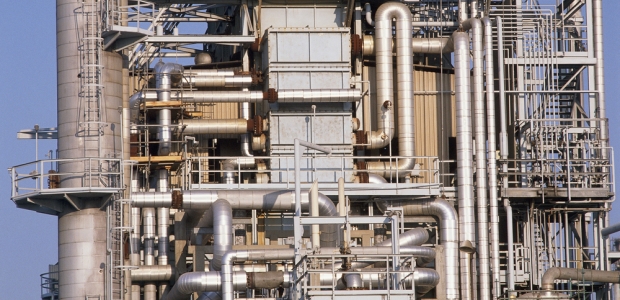
Standards Board Approves California's New Refinery Safety Order
It is "the most protective regulation in the nation for the safety and health of refinery workers and surrounding communities," said Christine Baker, director of the state's Department of Industrial Relations, parent agency of Cal/OSHA.
California's Occupational Safety and Health Standards Board has approved a regulation intended to strengthen process safety management at oil refineries in the state. Christine Baker, director of the state Department of Industrial Relations, parent agency of Cal/OSHA, called it "the most protective regulation in the nation for the safety and health of refinery workers and surrounding communities," and Vanessa Allen Sutherland, chairperson of the U.S. Chemical Safety Board, strongly endorsed the new rules. She issued a statement saying they are "a large step forward in promoting the safety of refineries across the state of California.
"These new rules are ones that my agency, the CSB, strongly recommended in our 2013 investigation report of the August 2012 Chevron Richmond refinery pipe rupture, vapor release, explosion and fire," Sutherland added. "Simply put, today's actions in California is an example of the CSB driving chemical safety change."
The new regulation will ensure the state's refineries are operated with the highest levels of safety possible, Baker said.
The regulation adds a new refinery safety order, one that will be enforced by Cal/OSHA's Process Safety Management Unit, as section 5189.1 of Title 8 of the California Code of Regulations. The regulation requires refinery employers to:
- Conduct Damage Mechanism Reviews for processes that result in equipment or material degradation, such as corrosion and mechanical wear.
- Conduct a Hierarchy of Hazard Controls Analysis to encourage refinery management to implement the most effective safety measures when considering competing demands and costs when correcting hazards.
- Implement a Human Factors Program, which requires analysis of human factors such as staffing levels, training, competency, fatigue and other effects of shift work, and the human/machine interface.
- Develop, implement, and maintain written procedures for management of organizational change (MOC) to ensure plant safety remains consistent during personnel changes.
- Use root cause analysis when investigating any incident that results in, or could have reasonably resulted in, a major incident.
- Perform and document a Process Hazard Analysis of the effectiveness of safeguards that apply to particular processes and identify, evaluate, and control hazards associated with each process.
- Understand the attitudes, beliefs, perceptions and values that employees share in relation to safety and evaluate responses to reports of hazards by implementing and maintaining an effective Process Safety Culture Assessment program.
DIR reports most of the refineries in California have adopted some of these practices in the past decade, adding, "Those refineries have seen significant improvement in safety performance. However, the industry still experiences major incidents that pose a risk to workers, nearby communities and cause disruption to fuel services. The regulation represents a comprehensive safety performance standard for the state's refinery sector. Now that the Standards Board has approved the regulation, the Office of Administrative Law has 30 working days to review and approve it."
The regulatory moves strengthen the California Accidental Release Prevention program, which aims to prevent the accidental release of hazardous substances that could harm public health and the environment; a revised CalARP regulation will be submitted to the Office of Administrative Law for approval in the coming weeks, according to the DIR news release.
DIR and the California Environmental Protection Agency are participants in the Interagency Refinery Task Force created after a fire at the Chevron refinery in Richmond, Calif., in 2012.